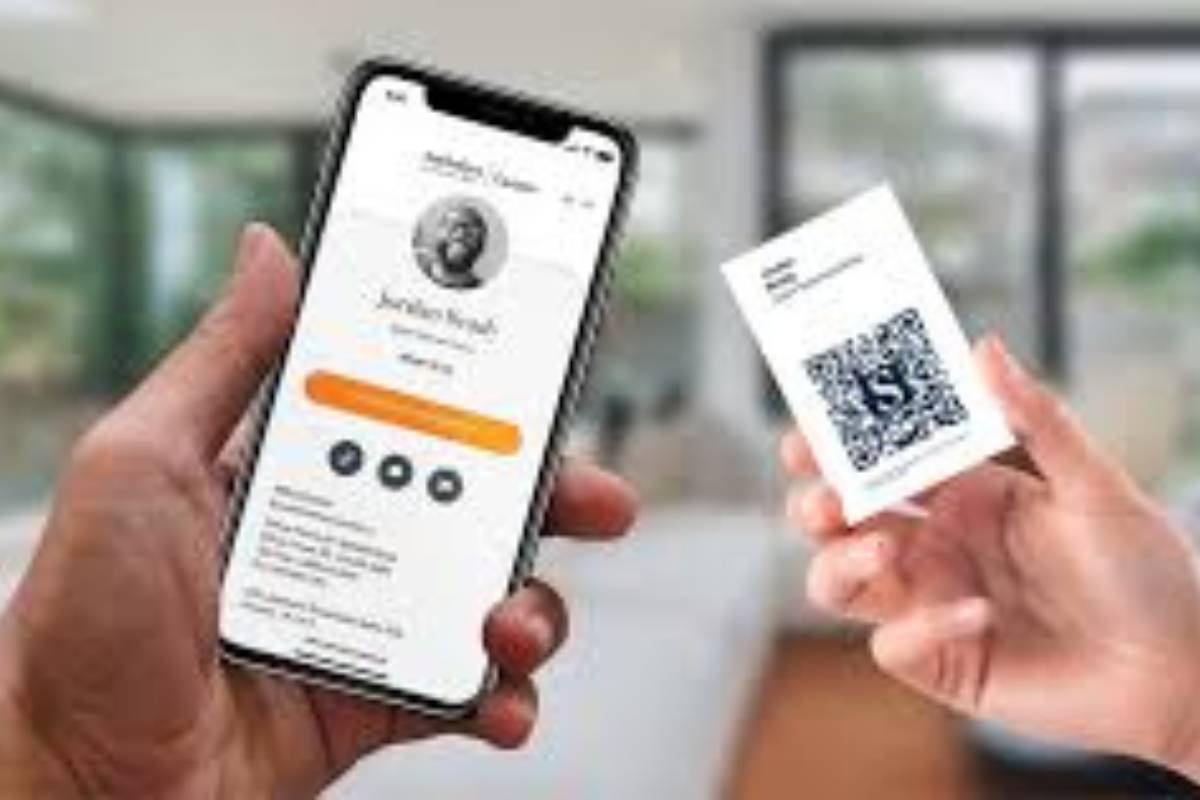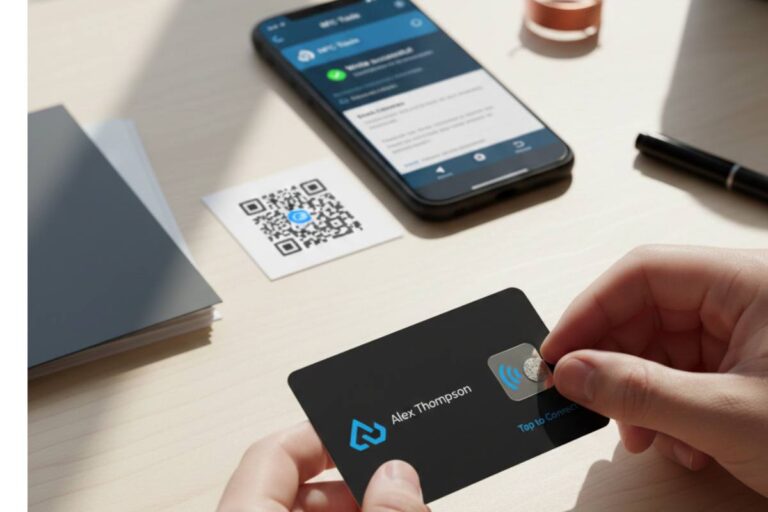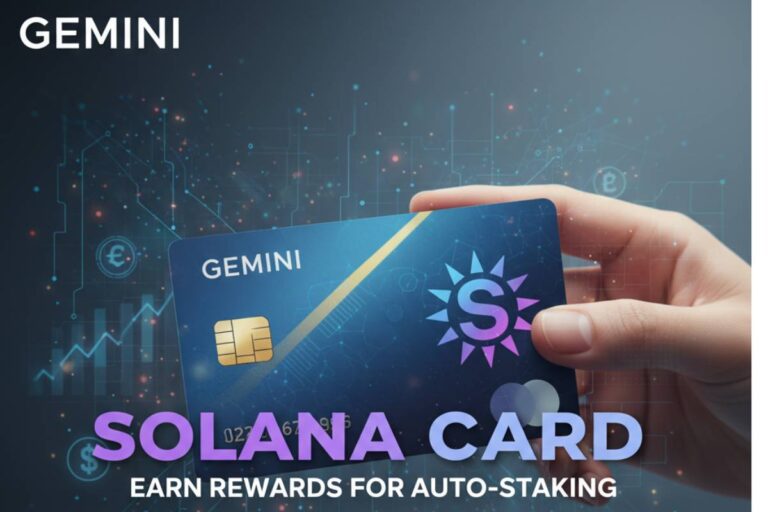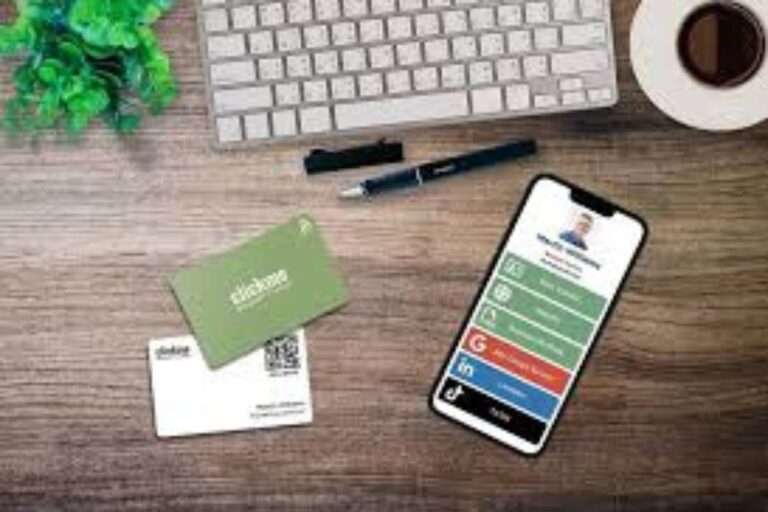Professionals are moving away from traditional paper cards and using NFC-enabled digital hubs that instantly connect contacts to portfolios, social media, and business resources through platforms like Linktree. This is a big step forward for modern networking.
The Transformation of Business Networking
It might not be long before you have to dig through your wallet to find business cards. There is a quiet revolution going on in boardrooms and coffee shops all over the world. Just tapping a smartphone against a business card can open up a whole digital world of professional information.
Near Field Communication technology… well, it’s not brand new. But what about using it for business networking? That’s when things start to get interesting.
What Sets NFC Business Cards Apart
The only thing traditional business cards were good for was giving out basic contact information. End of story. But what happens when that little piece of cardstock opens the door to your whole professional world?
When two devices are close together – usually within four centimeters – NFC technology lets them talk to each other. Think about how you use your phone to pay for things at a coffee shop. Same idea, but used differently.
When someone taps their smartphone against a business card with NFC technology, they are immediately taken to a digital profile page. No typing in URLs or scanning QR codes; just tap and go.
Dr. Sarah Martinez, a digital marketing researcher at Stanford University, says, “It’s like giving someone the keys to your whole professional presence.” “You’re giving them all your information right away instead of hoping they’ll remember to look you up later.”
The Digital Hub Revolution
This is where Linktree and other platforms come in. Instead of sending contacts to just one website or social media profile, these digital hubs bring everything together on one easy-to-use landing page.
Your Linktree page is the hub of your professional life. Examples of portfolios? Check. Profile on LinkedIn? There. Website for the company? For sure. That special deal you have for new connections? In the front and center.
The beauty is in the coming together. You’re not giving someone too many URLs or hoping they remember to connect with you on three different platforms. Instead, you’re making one point of contact that leads to all the places you want them to go.
Easy Technical Setup
It might sound hard, but it’s not that hard to set up an NFC business card. Most providers take care of the technical details, like putting tiny NFC chips into the printing process.
Programming is easy. You give the card a URL to go to, which is usually your Linktree page or another digital hub, and the maker programs that URL into the chip.
Cost Breakdown:
- Basic NFC cards: $2 to $10 each
- Premium options: Under $15 per card
- Pricing factors: Design complexity and order quantity
These cards don’t need batteries, so battery life isn’t an issue. When someone taps to connect, they get power from the NFC field that the smartphone makes.
Making a Plan for Your Digital Profile
To make a good digital hub, you need to think carefully about what information is most important to your networking goals.
Professional Portfolio Guidelines:
- Show your best work only
- Three to five strong examples work better than a dozen mediocre ones
- Avoid overwhelming visitors with too many samples
Social Media Strategy:
- A LinkedIn profile is good for most work situations
- Consider whether Instagram or Twitter accounts are useful for business contacts
- Curate links thoughtfully
Company Website Connections:
- Link to relevant pages, not just the homepage
- Sales professionals should direct to product pages
- Consultants might include links to case studies or reviews
Using Analytics to Track Success
Most digital hub platforms offer analytics that traditional business cards could never give you. You can see how many people tapped your card, which links they clicked, and even what time of day they looked at your content.
This information is very useful for improving how you network. If people keep skipping your portfolio link but clicking through to your company website, that means they find something else about your contacts more interesting.
Michael Chen, a freelance graphic designer in Austin, says, “The analytics completely changed how I think about networking events.” “I can tell that people who meet me at tech meetups are more likely to look at my GitHub, while people who meet me at creative networking events go straight to my design portfolio.”
Patterns of Adoption in the Industry
Different types of businesses are adopting NFC business cards at different speeds:
Early Adopters:
- Tech companies and creative agencies
- Real estate professionals
- Healthcare practitioners
Growing Adoption:
- Legal professionals
- Manufacturing companies at trade shows
- Traditional industries are exploring the technology
Real estate agents are very interested, especially because they can link directly to property listings or virtual tour sites. You can’t get the same immediacy with traditional cards when you share a specific listing with someone you meet by chance.
Getting Past Common Problems
Not every smartphone has NFC technology, but more and more of them do. Recent estimates say that about 85% of smartphones sold in the last three years have NFC capabilities.
Solutions for Compatibility:
- Include both NFC chips and QR codes on cards
- Mixed approach ensures no contact gets lost
- Test across different devices before distribution
There are times when people are worried about privacy, but NFC cards are actually safer than many other options. It is much less likely that someone will accidentally or maliciously scan something close to them than with QR codes.
Environmental and Cost Considerations
When information changes often, printing business cards on paper makes a lot of waste. With traditional cards, you have to print them all over again if you change your job title, phone number, or address.
NFC Card Benefits:
- Eliminate the waste cycle from reprinting
- Update the digital hub page when information changes
- Every distributed card automatically reflects new information
- Higher initial cost pays off over time
Future Developments
The next step for NFC business cards is to work with calendar systems. Imagine that when you tap someone’s card, you are automatically asked to set up a follow-up meeting.
Emerging Features:
- Augmented reality capabilities
- Voice message integration
- Calendar system integration
- Enhanced digital content display
Best Practices for Implementation
Successful NFC card users follow several key practices:
Maintenance Requirements:
- Keep digital hubs up to date
- Regularly add new links and information
- Ensure outdated information doesn’t compromise effectiveness
Design Considerations:
- Include clear NFC capability indicators
- Add a small NFC logo or “Tap with phone” instruction
- Test on different devices before distribution
Device Compatibility:
- Android phones typically read NFC cards automatically
- iPhones may need specific positioning or settings adjustments
Measuring Professional Impact
To find out how well NFC business cards work, you need to keep an eye on both short-term and long-term metrics:
Short-term Metrics:
- Tap rates and link clicks
- Immediate engagement data
Long-term Success Indicators:
- Follow-up conversations
- Business development outcomes
- Relationship-building effectiveness
Jennifer Walsh, a marketing consultant from Denver, says, “I used to lose touch with so many people I met at events. Now that they have all my information on their phone, the follow-up rate is probably three times higher.”
Security and Privacy Considerations
NFC technology is safer than other options, such as QR codes, in a number of ways. Unauthorized scanning is almost impossible because the activation needs to be very close.
Professional Guidelines:
- Consider what information is appropriate to share broadly
- Direct links to personal social media may not suit all professional contexts
- Regularly audit linked content for appropriateness
Global Market Trends
The rates of adoption are very different in different areas:
Regional Adoption Patterns:
- Asian markets (Japan, South Korea): Highest adoption rates due to NFC familiarity
- European markets: Steady growth driven by environmental concerns
- North America: Accelerated adoption during the pandemic for contactless networking
The technology is more than just an upgrade to networking; it changes the way we think about professional connections at their core. Instead of hoping that someone will remember your name and look you up later, you’re making a digital connection right away that can grow over time.
Professionals who use digital and global networking tools early on are setting themselves up for stronger connections and better business results as networking becomes more global and digital. It’s not a question of if this technology will become popular, but how quickly regular business cards will look old-fashioned.
















